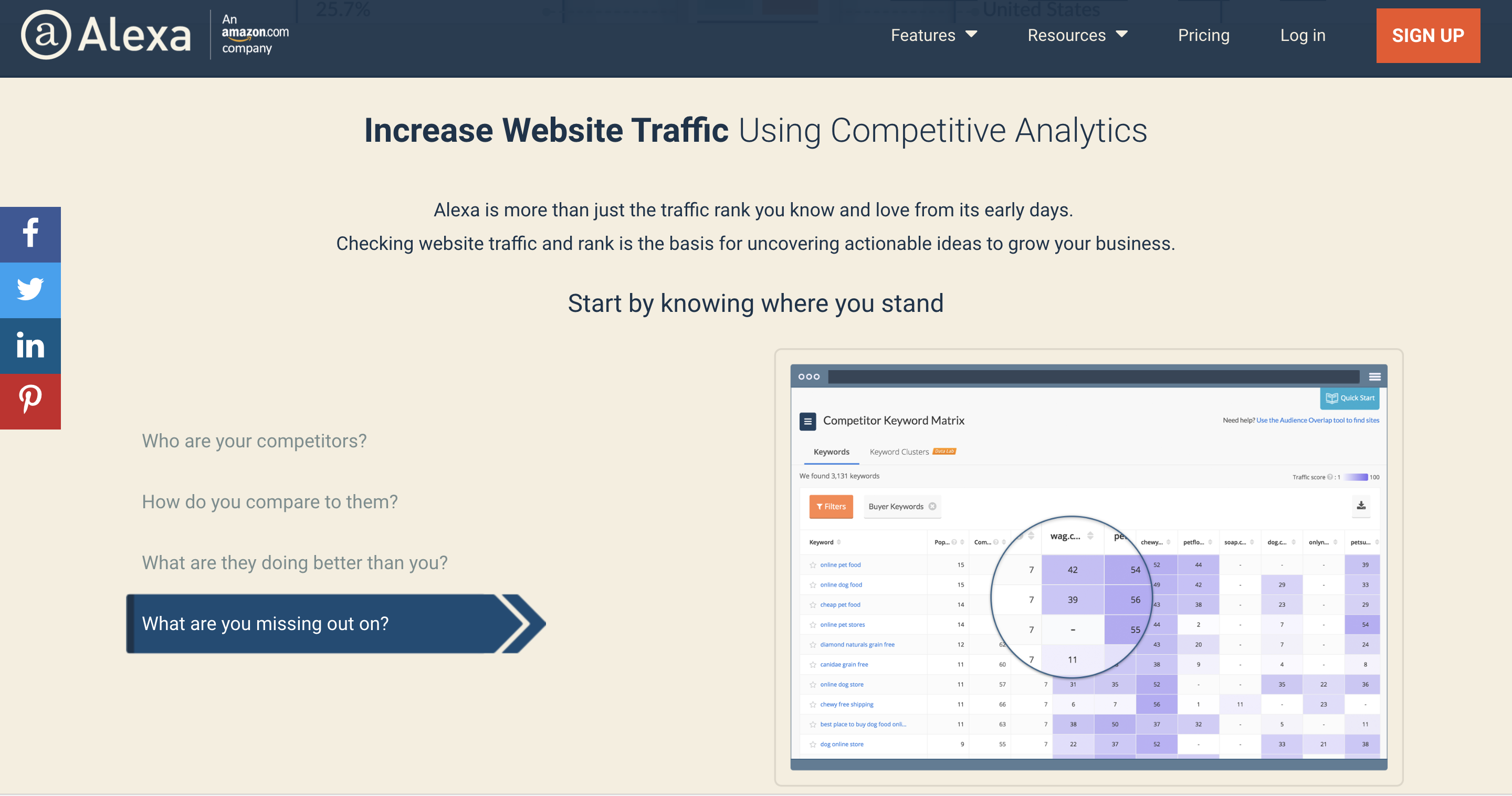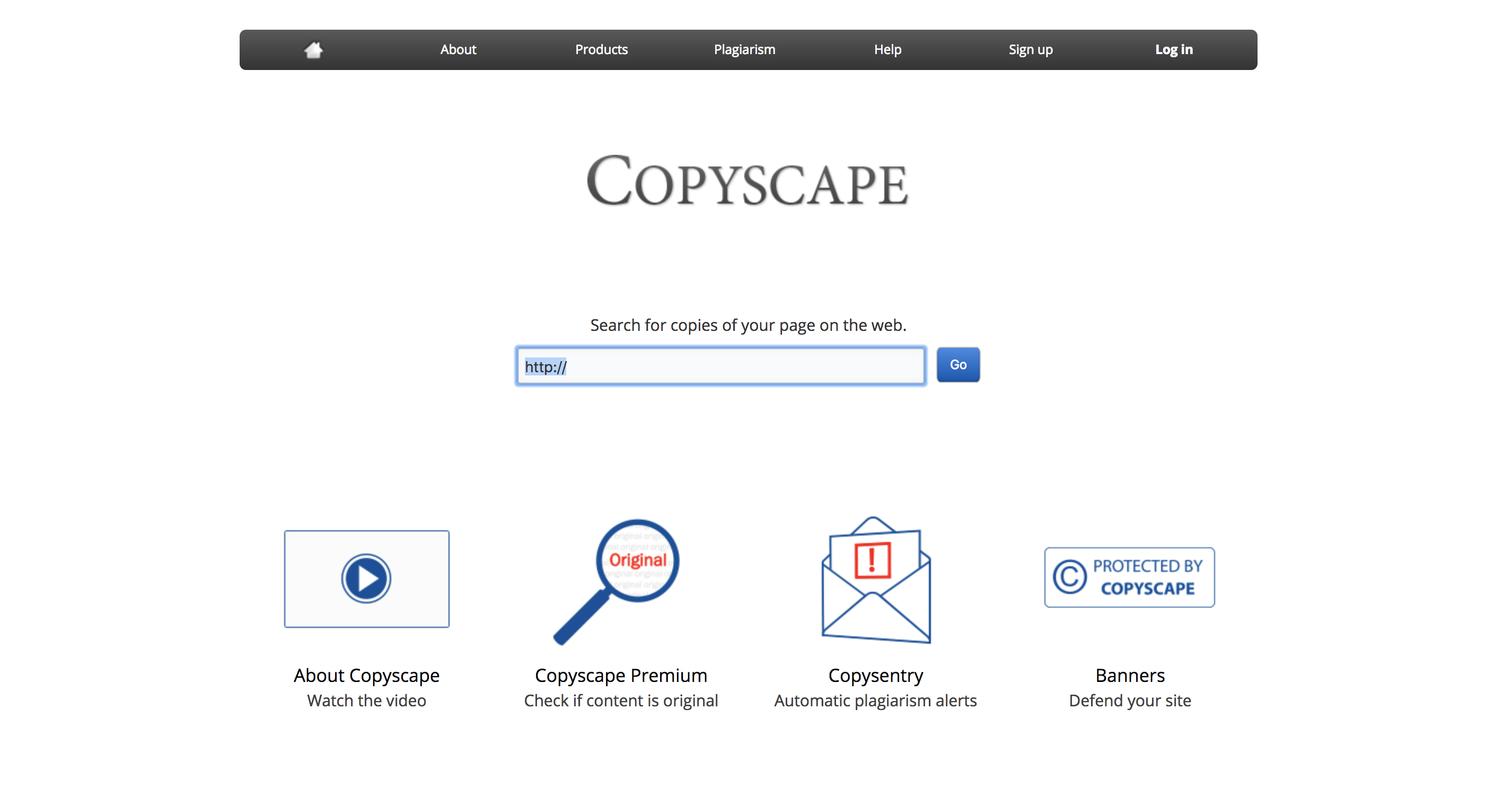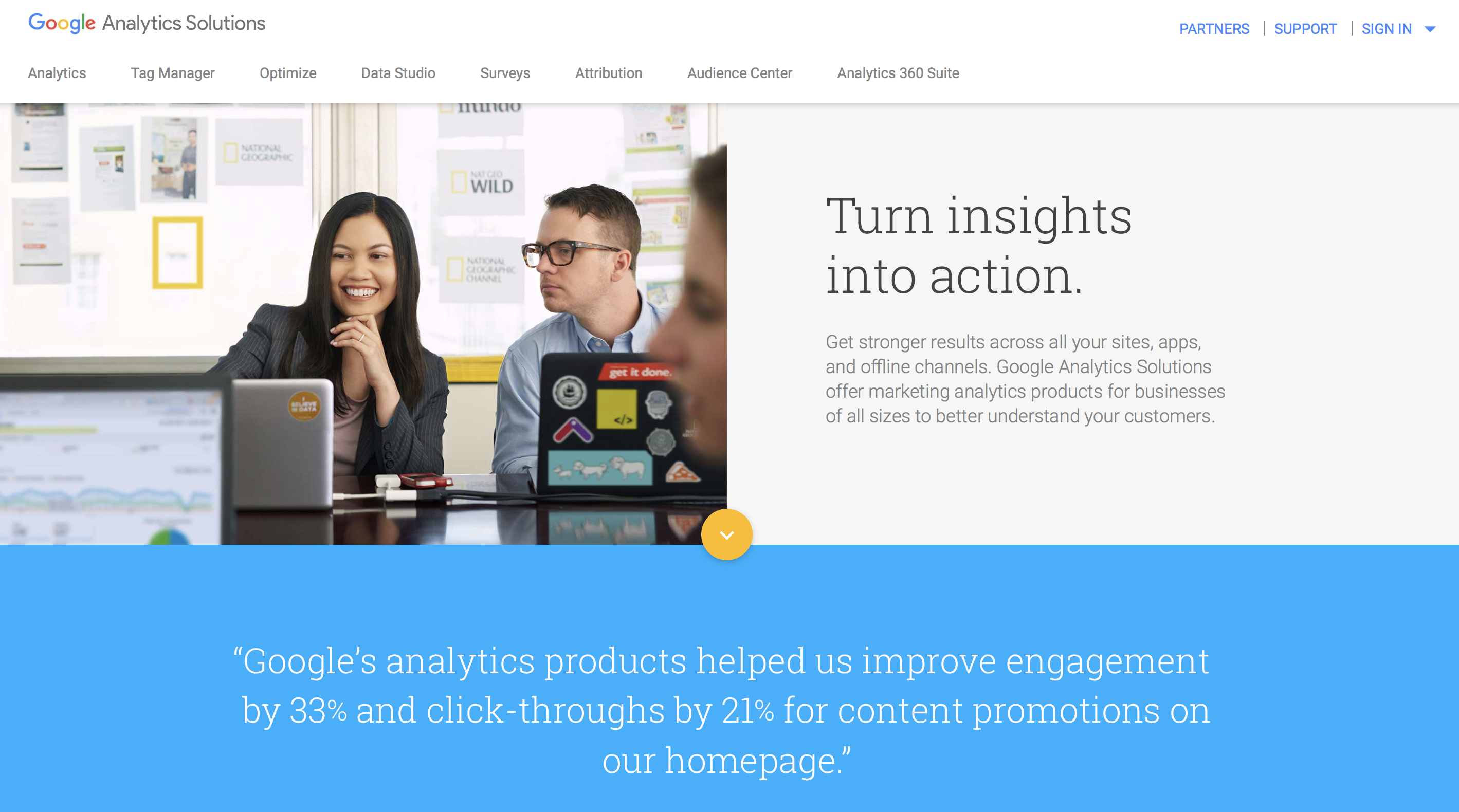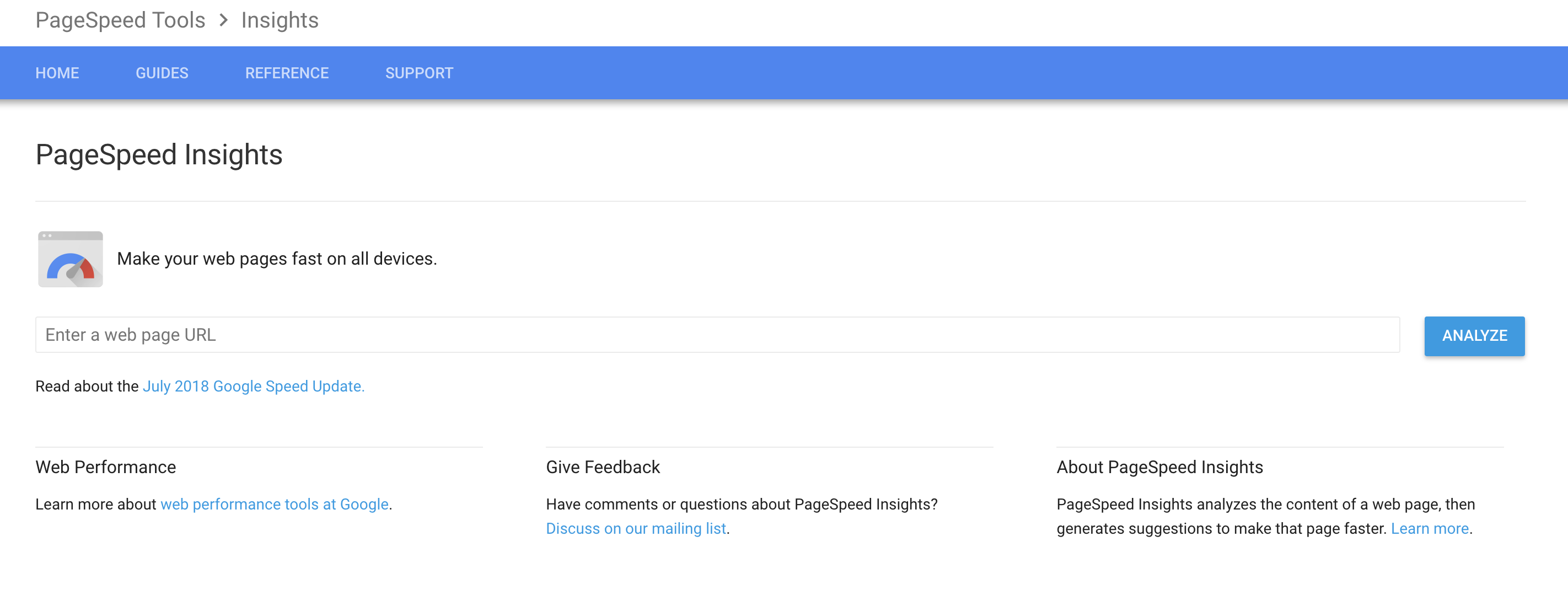A website’s metrics can provide useful information about an IEPs web presence, allowing administrators to better understand their website’s audience and make educated decisions regarding investments into website updates. Content creation, SEO improvement, marketing ROI, and even recruitment strategies to target specific audiences all rely upon metrics. Is your IEP or institution using them effectively?
How to use metrics for a successful website
Alexa

Alexa is a website owned by Amazon that provides web traffic data and analytics. The website is best known for Alexa Rank, which categorizes websites into groups and then ranks each website’s popularity (based on site visits).
Alexa is a useful tool for understanding the effectiveness of your IEP’s website, identifying your competitors, and establishing how you rank against your competition. If your IEP hires a third-party marketing and web development team, ask to see their statistics regarding other client’s Alexa rankings. This will provide insight into the effectiveness of their SEO strategies.
Lastarria Media is proud to have developed and continue to manage the website ranked 3rd in the U.S. for language schools. Contact us for information on how to improve your site’s rankings on Alexa.
Copyscape

Since duplicate content can negatively affect Google rankings, it is important to have unique content on your site. Copyscape is a plagiarism detector that checks if your site contains content that is also on another website. Simply insert your website’s URL into Copyscape and it will detect any duplicate content on the internet.
Google Analytics

Google Analytics remains a critical tool for understanding a site’s traffic and user behavior. This information is useful in formulating marketing campaigns, understanding industry trends, and analyzing and improving your website.
Through customized Analytics reports, users can track:
- The total number of visitors to a site (and a site’s individual pages)
- The location of these visitors (broken down by country or city)
- On which page visitors enter the site (called a “Landing Page”)
- The languages used to access your site
- The number of pages users visit when on the site
- The length of time users spend on each page
- The device used to visit the site (for example, mobile devices)
- The referral source that drives users to the site (for example, Facebook, Facebook mobile, Instagram, or links from another page)
Google Analytics also allows user to compare this data with data from other years, which provides useful information regarding traffic trends.
PageSpeed Insights

Another useful tool from Google is PageSpeed Insights, which reports on the performance on a page and provides suggestions for how page load speed can easily be improved. By plugging any page into PageSpeed, users can see a site’s Speed Score and Optimization Score. The report also provides optimization suggestions, such as its uses of images (which could be sized smaller for quicker load time), its redirects of URLs, its use of JavaScript and CSS, and more.





2 Comments
[…] Analytics provides useful metrics in regard to your website: our article about Using Web Metrics for a Successful Website explains the ways to turn these statistics into effective marketing and sales […]
[…] Learn more with our article, How to Use Metrics for a Successful Website. […]